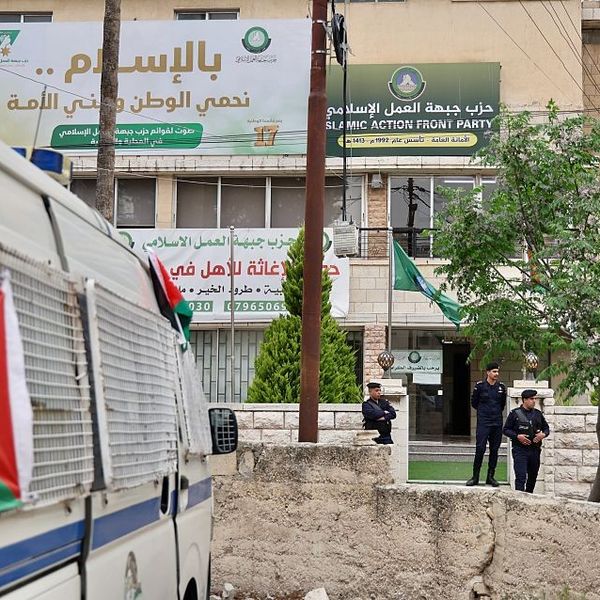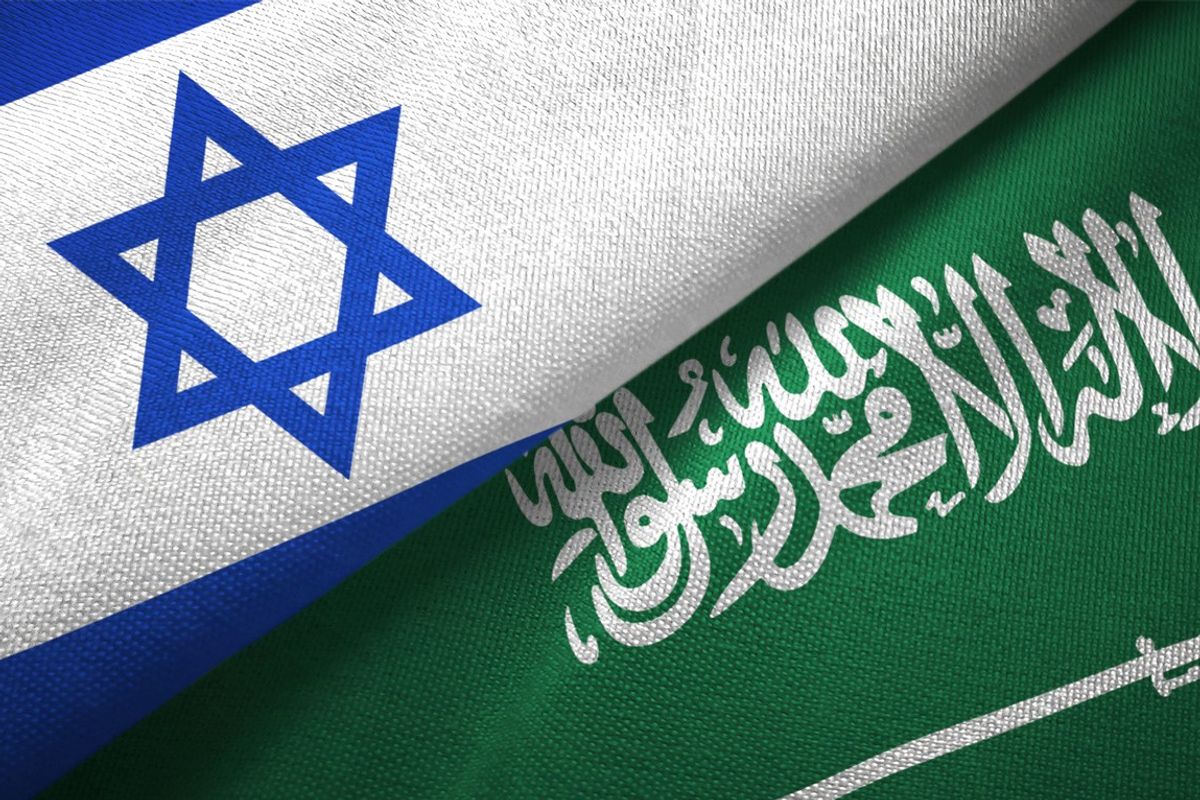Bottom Line Up Front
- Global arms sales are booming, with a spike caused by a years-long increase in spending from countries in the MENA region.
- Countries exporting arms cite the link between deterrence and stability to justify these sales, while often downplaying the role these weapons play in helping autocrats oppress their populations and often prolong wars and insurgencies.
- Saudi Arabia is the world’s largest arms importer and Egypt is the third largest; both countries are U.S. allies with abysmal human rights records.
- The U.S. is the largest arms dealer on the planet, accounting for 36% of all sales from 2014-2018.
Under the Trump administration, the U.S. has unquestionably downgraded the importance of ‘soft power’ and diplomacy with respect to support for international treaties and organizations, international human rights, and the promotion of freedom and democracy. Washington is simultaneously solidifying its position as the leading global arms dealer. The U.S. supplies some of the world’s most odious autocratic regimes with advanced weapon systems and munitions. A recent report by the Stockholm International Peace Research Institute (SIPRI)is the latest research detailing the scale of the issue. From 2014 to 2018, the U.S. was the world’s top exporter of weapons, from advanced fighter jets to missiles and bombs. The U.S. now accounts for 36% of the total volume of arms exports, up from 30% during the previous four-year time period (2009-2013). SIPRI measures arms sales by volume and does so in four-year blocks to more accurately evaluate the accuracy of emerging trends. Following the U.S., the next four largest arms exporters were Russia, France, Germany, and China, respectively. The destination for these sales has primarily been countries in the Middle East.
Saudi Arabia is now the world’s largest importer of weapons, with an astonishing 192% increase in imports between 2009-2013 and 2014-2018, the last two SIPRI reporting periods. These weapons are used to continue Riyadh’s disastrous war in Yemen. The U.S. is directly supporting that war through intelligence sharing and arms sales. The bombs dropped on Yemeni schools and hospitals by Saudi planes likely came from the U.S., which in turn bears responsibility for the civilian casualties. Additionally, Riyadh wants to build up its military to counter Iran’s influence in the region, a goal shared by the Trump administration. The gap between Iran’s military capabilities and that of other Gulf countries is widening due to strict sanctions on Iranian arms imports and the steady increase in imports by rivals such as Riyadh and Abu Dhabi.
In Egypt, President al-Sisi has solidified his autocratic grip on power and has compiled a robust arsenal to use against the persistent insurgent threat posed by the so-called Islamic State affiliate in the Sinai, as well as against any other insurgency. Between 2014-2018, Egypt became the world’s third largest importer of weapons. Egypt has cracked down on even the slightest hint of dissent, from journalists and activists to non-governmental organizations. The U.S. has long been a primary arms supplier to Egypt, regardless of its history of authoritarian leaders, choosing a foreign policy posture more concerned with stability than the promotion of democracy and human rights. Al-Sisi, and Mubarak before him, relied on U.S. weapons imports to maintain the government’s control over the population. Moscow, Paris, and Berlin have also been major suppliers of weapons to Cairo.
The Trump administration has been vocal in its determination to increase arms sales to the highest bidder. Arms sales to countries like Saudi Arabia are assessed as a positive indicator of national power and influence. Recent congressional votes to curtail the sale of weapons in support of the war in Yemen are essential steps but likely will not have any near-term practical impact. The total quantity of arms sales has not approached peak-Cold War-era levels, and regions once plagued with persistent high arms imports like Africa, and Latin America have seen decreases, overall. But the increases to the MENA region are dramatic and show no sign of abating, as countries continue to spend vast sums of money on expensive military hardware.











